Canon Digital IXUS 120 IS / PowerShot SD940 IS ELPH
-
-
Written by Gordon Laing
Canon IXUS 120 IS / SD940 IS vs IXUS 200 IS / SD980 IS vs Nikon COOLPIX S570 High ISO Noise
Canon IXUS 120 IS / PowerShot SD940 IS ELPH results: Real-life resolution / High ISO Noise
Canon IXUS 120 IS / PowerShot SD940 IS ELPH results: Real-life resolution / High ISO Noise
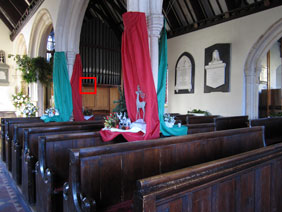 |
|
To compare noise levels under real-life conditions we shot this scene with the Canon Digital IXUS 120 IS / PowerShot SD940 IS Digital ELPH, the Canon Digital IXUS 200 IS / PowerShot SD980 IS Digital ELPH and the Nikon COOLPIX S570.
The lenses were set to approximate the same field of view.
The above shot was taken with the the Canon Digital IXUS 120 IS / PowerShot SD940 IS Digital ELPH in Program mode with the lens at its maximum wide angle setting of 5mm (28mm). The exposure was 0.8 of a second at f2.8. The crops are taken from the area marked with the red square and presented below at 100%.
At the lower ISO settings the IXUS 120 IS / SD940 IS turns in an excellent performance. Despite the long exposures there’s little evidence of noise in the crops, nor do they look overly processed. The exposure is good too, with excellent detail in the shadows – though you might think this was a given, it’s surprising how often compacts underexpose in low-light situations.
At 200 ISO visible noise begins to make an appearance, it’s most obvious in the wooden panelling, but you have to look carefully to spot it and this isn’t something you’d need to worry about, even if you were making big prints. At less than 100 percent magnification on a computer display you probably wouldn’t notice it.
At 400 ISO there’s a distinct drop in image quality. The noise is gaining ground and the processing required to keep it in check is causing a degree of softening; all the same, the image quality is fairly acceptable. Beyond that, at 800 and 1600 ISO it’s the usual story of progressively worsening noise, but the deterioration is gradual and proportionate and at each stage Canon’s noise reduction algorithms manage to strike a good balance between keeping the noise within acceptable limits and producing artefacts. The IXUS 120 IS / SD940 IS has a 3200 ISO scene mode which produces 1600×1200 pixel sized images. Though the results are both noisy and blurry, this is a worthwhile feature to be able to fall back on for those low-light situations where you can’t use flash.
A comparison with the IXUS 200 IS / SD980 IS makes for interesting viewing. At every ISO sensitivity up to 400 ISO the IXUS 200 IS / SD980 IS appears to have the edge – literally – the crops are sharper and show more detail and less noise. At the higher ISO settings of 800 ISO and beyond the situation is reversed with the IXUS 120 IS / SD940 IS gaining the upper hand.
The Nikon COOLPIX S570 provides stiff competition for both Canon compacts when it comes to high ISO noise performance. It’s almost too close to call, but we’d say it has the edge over both the IXUS 120 IS / SD940 IS and the IXUS 200 IS/ SD 980 IS in the lower sensitivity range. From 200 ISO upwards, however, there’s more noise and less detail in the crops from the COOLPIX S570. It also has difficulty maintaining accurate white balance and good colour saturation as the ISO sensitivity increases, a problem neither of the Canon compacts suffered from.
Now head over to our Canon IXUS 120 IS / SD940 IS gallery to see some more real-life shots in a variety of conditions.
Canon IXUS 120 IS / SD940 IS |
Canon IXUS 200 IS / SD980 IS |
Nikon COOLPIX S570 | ||
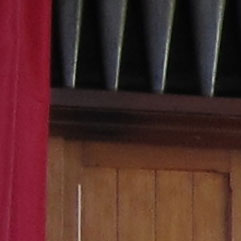 | 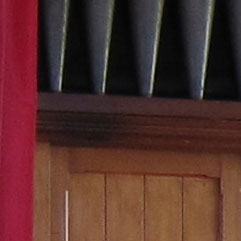 | 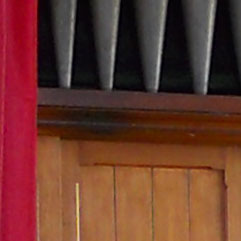 | ||
80 ISO |
80 ISO |
80 ISO | ||
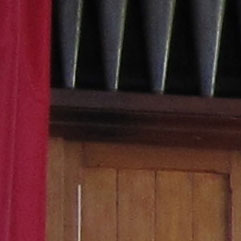 | 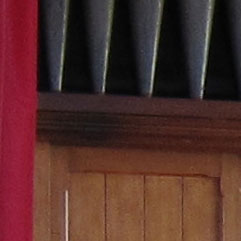 | 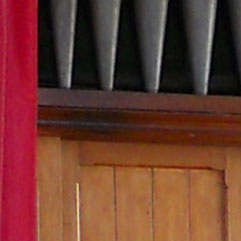 | ||
100 ISO |
100 ISO |
100 ISO | ||
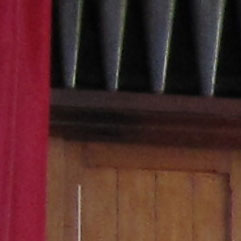 | 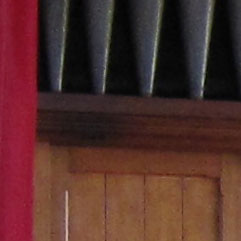 | 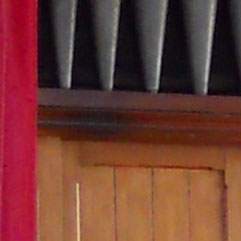 | ||
200 ISO |
200 ISO |
200 ISO | ||
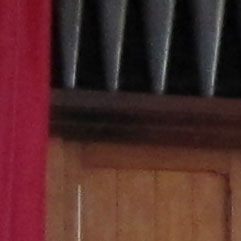 | 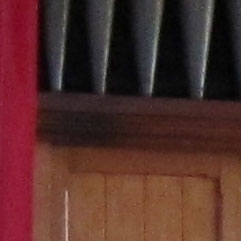 | 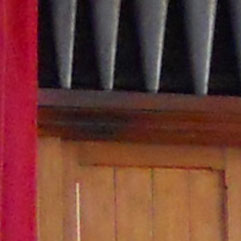 | ||
400 ISO |
400 ISO |
400 ISO | ||
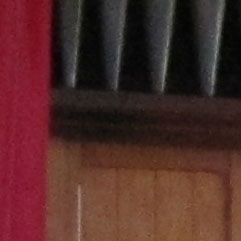 | 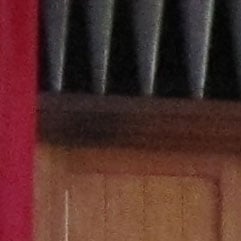 | 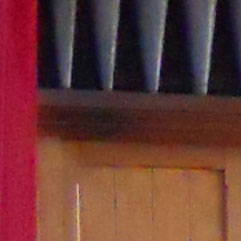 | ||
800 ISO |
800 ISO |
800 ISO | ||
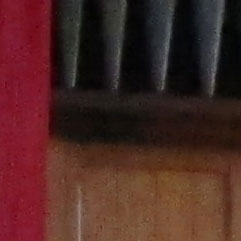 | 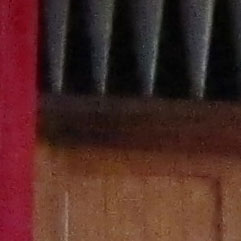 | 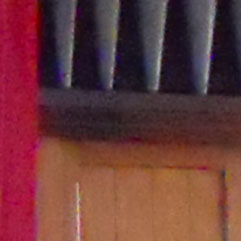 | ||
1600 ISO |
1600 ISO |
1600 ISO | ||
 |  | 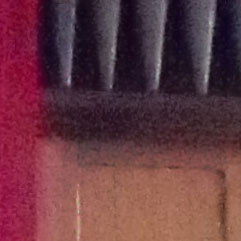 | ||
3200 ISO (1600×1200) |
3200 ISO (1600×1200) |
3200 ISO | ||





